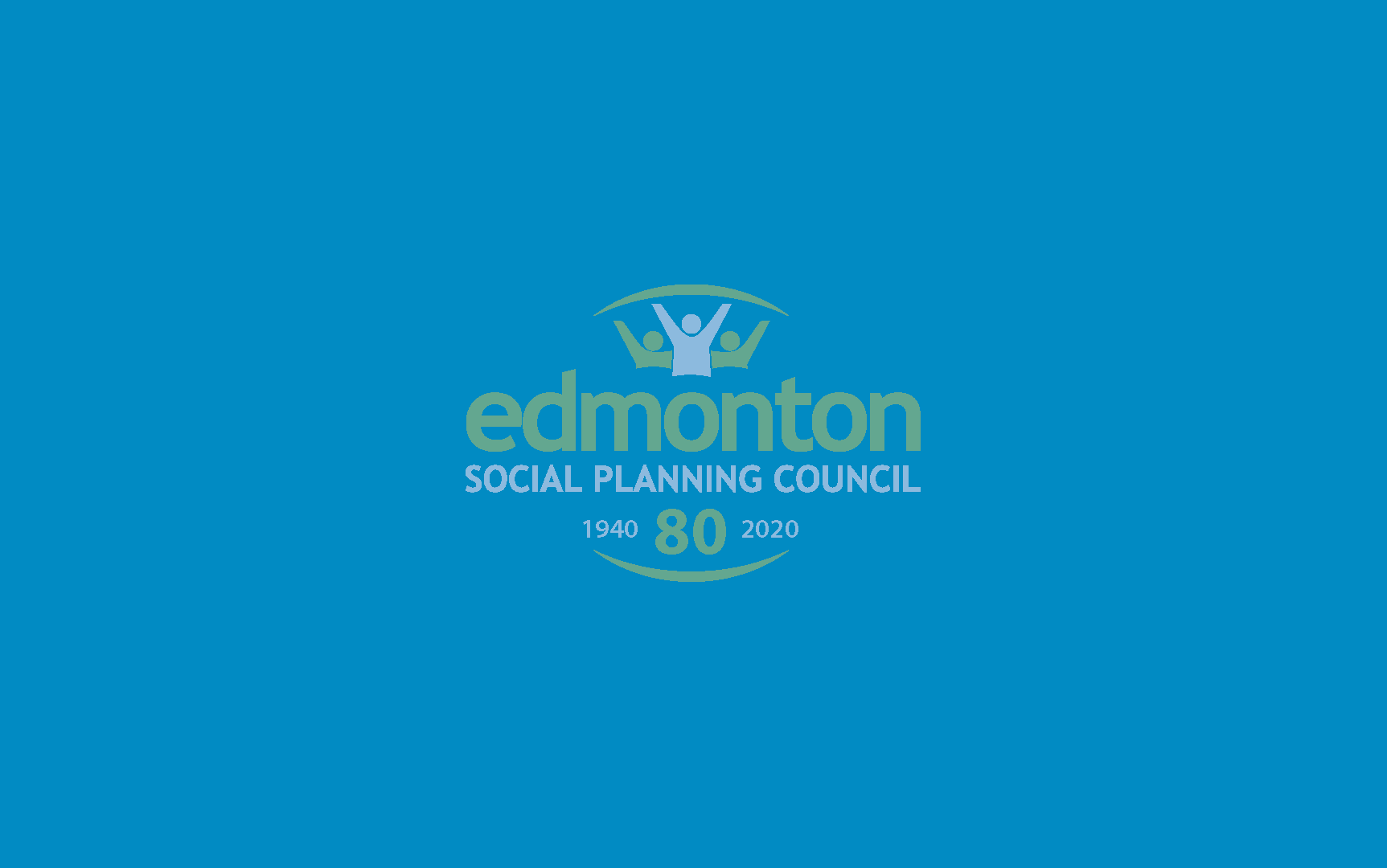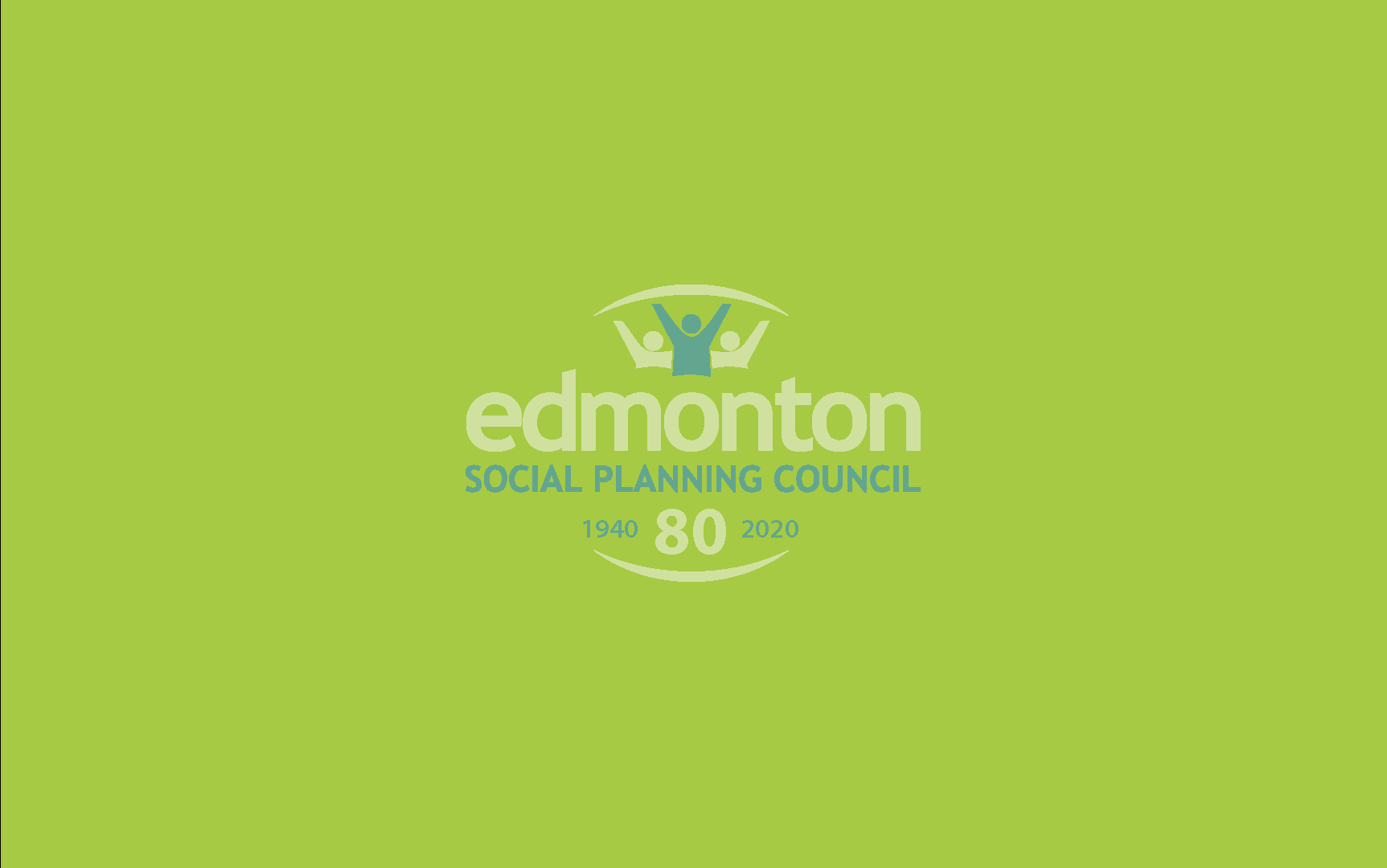[et_pb_section fb_built=”1″ _builder_version=”4.7.0″ custom_margin=”0px||0px||false|false” custom_padding=”0px||0px||false|false”][et_pb_row column_structure=”3_4,1_4″ use_custom_gutter=”on” gutter_width=”1″ _builder_version=”4.7.3″ _module_preset=”default” width=”100%” custom_margin=”0px||||false|false” custom_padding=”3px||5px|||” border_width_bottom=”1px” border_color_bottom=”#a6c942″][et_pb_column type=”3_4″ _builder_version=”4.7.0″ _module_preset=”default”][et_pb_post_title meta=”off” featured_image=”off” _builder_version=”4.7.4″ _module_preset=”default” title_font=”||||||||” custom_margin=”||3px|||” border_color_bottom=”#a6c942″][/et_pb_post_title][/et_pb_column][et_pb_column type=”1_4″ _builder_version=”4.7.0″ _module_preset=”default”][et_pb_image src=”https://edmontonsocialplanning.ca/wp-content/uploads/2020/08/boxes_1.gif” title_text=”boxes_1″ align=”center” disabled_on=”on|off|off” _builder_version=”4.7.4″ _module_preset=”default” width=”100%” custom_margin=”-2px||-1px||false|false” custom_padding=”||7px|||”][/et_pb_image][/et_pb_column][/et_pb_row][et_pb_row column_structure=”3_4,1_4″ use_custom_gutter=”on” gutter_width=”1″ make_equal=”on” _builder_version=”4.7.4″ background_size=”initial” background_position=”top_left” background_repeat=”repeat” width=”100%” custom_margin=”0px|auto|0px|auto|false|false” custom_padding=”37px|0px|44px|0px|false|false”][et_pb_column type=”3_4″ _builder_version=”4.5.6″ custom_padding=”0px|0px|0px|0px|false|false” custom_padding__hover=”|||”][et_pb_text _builder_version=”4.7.4″ _dynamic_attributes=”content” _module_preset=”default” text_font=”||||||||” text_text_color=”#000000″ custom_padding=”||32px|||”]@ET-DC@eyJkeW5hbWljIjp0cnVlLCJjb250ZW50IjoicG9zdF9kYXRlIiwic2V0dGluZ3MiOnsiYmVmb3JlIjoiIiwiYWZ0ZXIiOiIiLCJkYXRlX2Zvcm1hdCI6ImRlZmF1bHQiLCJjdXN0b21fZGF0ZV9mb3JtYXQiOiIifX0=@[/et_pb_text][et_pb_button button_url=”https://edmontonsocialplanning.ca/wp-content/uploads/2020/08/Research-Update-August-2020.pdf” button_text=”Download the August 2020 Research Update” _builder_version=”4.7.4″ _module_preset=”default” custom_button=”on” button_text_color=”#ffffff” button_bg_color=”#008ac1″ custom_margin=”||19px|||” custom_padding=”||5px|||”][/et_pb_button][et_pb_text _builder_version=”4.7.4″ text_line_height=”1.6em” header_2_font=”|600|||||||” header_2_text_color=”#008ac1″ header_2_font_size=”24px” background_size=”initial” background_position=”top_left” background_repeat=”repeat” width=”95%” module_alignment=”left” custom_margin=”-1px|0px|2px|-96px|false|false” locked=”off”]
Note: this is excerpted from the August 2020 edition of our “Research Update” publication. The Edmonton Social Planning Council, in collaboration with our volunteers, strives to provide stakeholders and community members with up-to-date reviews, prepared by our volunteers, on recently published social research reports and publications.
Reviewed by Hanna Nash
In Alberta’s Failed Oil and Gas Bailout, authors Jim Storrie, Duncan Kinney, and Regan Boychuk discuss their dissatisfaction with the Government of Alberta’s investments in the oil and gas industry. These authors come from non-profit watch groups established to keep a continuous look on government decisions and protect the interest of Albertans.
Storrie, Kinney, and Boychuk examine the actions of Crown investment manager Alberta Investment Management Corporation (AIMCo), responsible for over $100 billion of provincial assets. According to the authors, this management company has allocated $1.1 billion from Alberta’s pension funds and the Alberta Heritage Saving Trust Fund to junior and intermediate provincial oil and gas producers and oil field service companies at the direction of the prior and current Alberta governments. The main focus of the report is the contention the authors have with AIMCo’s likely loss of millions of the public dollars it invested. Part of this loss is due to falling shares that each of the publicly traded companies it invested in have already experienced, in addition to the bankruptcies of companies that have received millions of dollars in AIMCo investments, the fallout from COVID-19 concerns, Russia and Saudi Arabia’s oil price war, and the expected cost of Alberta’s oil well environmental clean-up initiative.
The report is a well researched and thorough review of AIMCo’s problematic relationship with Alberta’s current government, the United Conservative Party (UCP), and the lack of checks and balances in place that have allowed a mismanagement of funds to occur. The authors demonstrate how the UCP used their political influence to push the interests of oil and gas companies into AIMCo’s investment profile—largely due to the political donations that the UCP and their third-party advertisers received from oil and gas companies. The authors discuss the conflicts of interest these relationships present as they create an environment of investment focused solely in the oil and gas sector, without any attention given to alternate investment areas. Additionally, the passing of Bill 22, in the fall of 2019, now permits AIMCo to oversee investment management for many essential pension funds in Alberta such as the Alberta Teachers’ Retirement Fund (ATRF). This directive from the province has angered many Albertans as such pension funds and investments are now solely controlled by AIMCo. Despite ATRF’s dissatisfaction with AIMCo’s performance, they are not permitted to dissolve their relationship as Bill 22 does not provide any alternative methods or options of investment management. These investment protocols coupled with a lack of transparency from AIMCo have given many Albertans rise to feel distrustful where AIMCo is concerned.
Storrie, Kinney, and Boychuk’s in-depth review of AIMCo’s investment practices presents troubling and worrying indications of how public funds in Alberta are being spent. The authors portray a very distrustful relationship between the UCP and those whose money is being invested in businesses that are operating at a loss rather than a profit. Notably, the money being used by the current provincial government is largely deferred money that Albertans earned and chose to invest in a retirement fund; they have not given permission for their government to invest through such methods.
This report is very well researched and investigated, however, it is obvious that the authors present a very strong bias against investing public funds in non-renewable energy resources. At times, the report produced a more personal opinion of the current UCP government’s business practices rather than an unbiased presentation of information.
The non-profit groups on behalf of which the authors are writing are undoubtedly interested in the current political climate of Alberta’s government, and how government action will impact future generations of investment and growth. The authors provide insight into the difficulties that Albertans currently face, and promote open and transparent interactions between the provincial government and its Crown corporation for the benefit of Albertans.
PUBLICATION SOURCE:
Storrie, J., Kinney, D., & Boychuk, R. (2020). Alberta’s failed oil and gas bailout. Progress Alberta. https://pressprogress.ca/wp-content/uploads/2020/04/AIMCO-report.pdf
ABOUT THE RESEARCH REVIEWER:
Hanna Nash enjoys ballet performances and other live theatre, as well as outdoor sports, and travelling to new countries. Hanna is interested in sharing information and knowledge to Edmonton’s diverse communities.
[/et_pb_text][/et_pb_column][et_pb_column type=”1_4″ _builder_version=”4.7.4″ custom_padding=”0px|20px|0px|20px|false|false” border_color_left=”#a6c942″ custom_padding__hover=”|||”][et_pb_testimonial author=”Posted by:” job_title=”@ET-DC@eyJkeW5hbWljIjp0cnVlLCJjb250ZW50IjoicG9zdF9hdXRob3IiLCJzZXR0aW5ncyI6eyJiZWZvcmUiOiIiLCJhZnRlciI6IiIsIm5hbWVfZm9ybWF0IjoiZGlzcGxheV9uYW1lIiwibGluayI6Im9uIiwibGlua19kZXN0aW5hdGlvbiI6ImF1dGhvcl93ZWJzaXRlIn19@” portrait_url=”@ET-DC@eyJkeW5hbWljIjp0cnVlLCJjb250ZW50IjoicG9zdF9hdXRob3JfcHJvZmlsZV9waWN0dXJlIiwic2V0dGluZ3MiOnt9fQ==@” quote_icon=”off” disabled_on=”on|off|off” _builder_version=”4.7.4″ _dynamic_attributes=”job_title,portrait_url” _module_preset=”default” body_text_color=”#000000″ author_font=”||||||||” author_text_align=”center” author_text_color=”#008ac1″ position_font=”||||||||” position_text_color=”#000000″ company_text_color=”#000000″ background_color=”#ffffff” text_orientation=”center” module_alignment=”center” custom_margin=”0px|0px|4px|0px|false|false” custom_padding=”32px|0px|0px|0px|false|false”][/et_pb_testimonial][et_pb_text disabled_on=”on|off|off” _builder_version=”4.7.4″ _dynamic_attributes=”content” _module_preset=”default” text_text_color=”#000000″ header_text_align=”left” header_text_color=”rgba(0,0,0,0.65)” header_font_size=”20px” text_orientation=”center” custom_margin=”||50px|||” custom_padding=”48px|||||”]@ET-DC@eyJkeW5hbWljIjp0cnVlLCJjb250ZW50IjoicG9zdF9jYXRlZ29yaWVzIiwic2V0dGluZ3MiOnsiYmVmb3JlIjoiUmVsYXRlZCBjYXRlZ29yaWVzOiAgIiwiYWZ0ZXIiOiIiLCJsaW5rX3RvX3Rlcm1fcGFnZSI6Im9uIiwic2VwYXJhdG9yIjoiIHwgIiwiY2F0ZWdvcnlfdHlwZSI6ImNhdGVnb3J5In19@[/et_pb_text][/et_pb_column][/et_pb_row][/et_pb_section]




